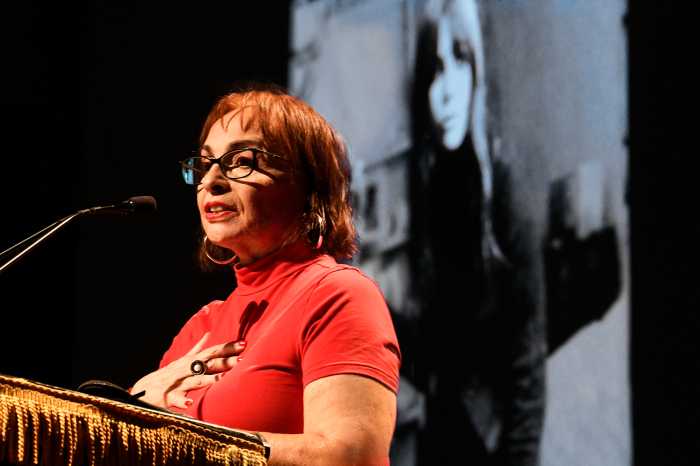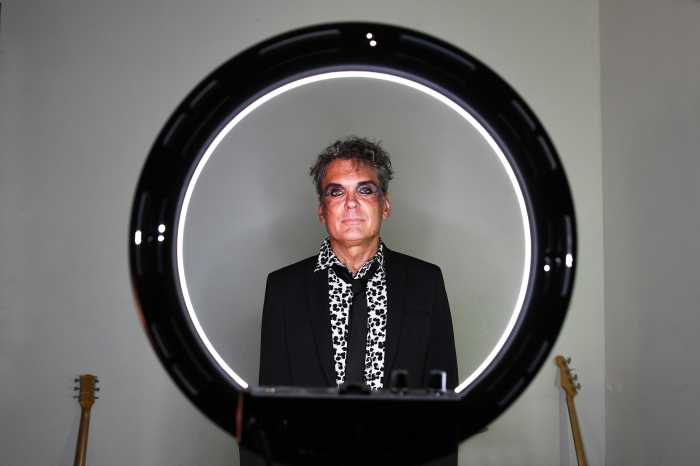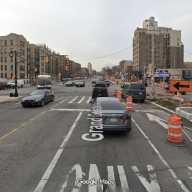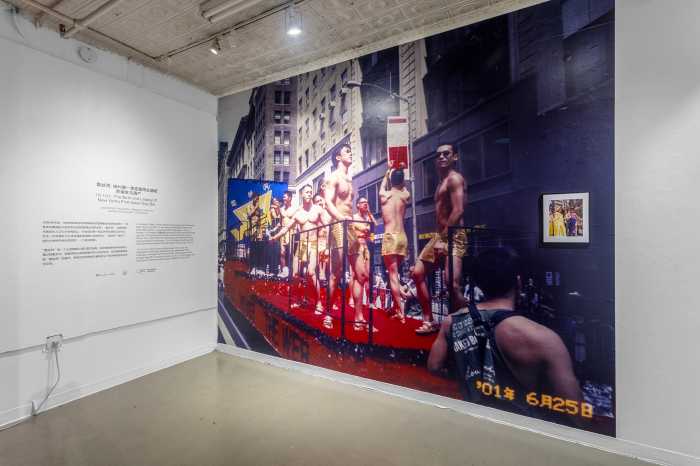By Albert Amateau
Affordable-housing advocates in Chelsea won a victory on Monday when a City Council subcommittee was able to get the Bloomberg administration to guarantee that 27 percent of new housing in the proposed West Chelsea Special District would be affordable.
The Zoning Subcommittee of the council’s Land Use Committee hammered out the agreement that also set lower height limits on new construction in the proposed district from W. 17th to W. 30th Sts. between 10th and 11th Aves.
The West Chelsea Special District also includes the conversion of the High Line, the derelict railroad viaduct that runs along the Far West Side from the Gansevoort Market to the Javits Convention Center, into a 1.6-mile elevated park.
City Councilmember Christine Quinn, a subcommittee member who represents the district, was instrumental in fighting for the affordable housing and lower height limits that housing advocates and Community Board 4 have been demanding for the past three years.
“In this rezoning we not only achieved the complex goal of preserving the High Line as a much-needed park, but we gained a considerable amount of housing,” Quinn said. “The City Council was able to raise the number of affordable units from 17 percent to 27 percent and at the same time make the majority of those units permanently affordable,” she added.
“I think 27 percent affordable housing is quite an achievement,” said Eugene Glaberman, a steering committee member of Afford Chelsea, the advocacy group working to include the provision in the West Chelsea plan. Glaberman said he was only, speaking for himself after first hearing of the housing details. The group, which has been demanding 30 percent affordable housing, had not yet studied the agreement, Glaberman said.
The Zoning Subcommittee vote came after scores of Chelsea housing advocates turned up at the subcommittee hearing two days earlier along with a large contingent of supporters for the High Line.
Under the agreement, the height limits of new construction along 10th Ave. between 24th and 28th Sts. was reduced from 145 feet in the original plan to 125 feet in the plan approved on Monday. Community Board 4, however, had called for an 80-foot height limit on new construction.
The affordable-housing agreement calls for using a variety of city programs over the next 10 years, including 80/20, whereby 80 percent of new housing is market rate and subsidizes 20 percent low- and moderate-income units. The 27 percent of the 5,557 total new apartments in the district would include 80/20 projects and the city’s inclusionary housing program. Building density in the entire district has been reduced from the previous plan in order to provide more incentives for developers to apply for higher density under the inclusionary housing program.
Affordable housing would also be preserved by restricting demolition of existing residential buildings in the district. Moreover, affordable housing would also be built on parking lots in the Robert Fulton and Elliott-Chelsea developments of the New York City Housing Authority in Chelsea. The Fulton and Elliott-Chelsea lots would have apartments for middle-income families who earn as much as $70,000 annually for a family of four.
The Bloomberg administration also promised to include West Chelsea in the 421a program, which grants tax breaks for new housing, according to a spokesperson for Quinn.
But the subcommittee was not able to reduce building density in the areas where owners of property under the High Line would be able to transfer development rights.
The High Line conversion, promoted by Friends of the High Line for the past four years, was assured on June 13 when the Surface Transportation Board, the federal agency that oversees the nation’s rail corridors, issued a certificate of interim trail use, allowing CSX, the current owner of the High Line, to transfer ownership to the city for use as a public walkway.
“This is a crucial victory for the High Line,” said Robert Hammond, co-founder of Friends of the High Line, the civic group that convinced the Bloomberg administration to support converting the structure into a park.
“Just six years ago, saving the High Line seemed like an impossible dream, and now it’s really happening,” Hammond said.
The elevated line was built in 1933 to take New York Central freight trains off the surface of 10th Ave. It served until 1983. Until 2000, the city sided with the Chelsea Property Owners, whose members own property on the railroad right-of-way and wanted to demolish the High Line.
But the Bloomberg administration in 2003 proposed the West Chelsea plan that would allow Chelsea Property Owners the right to sell their development rights. The group then withdrew its objections to the High Line conversion. The S.T.B. action on June 13 allows the High Line to become part of the federal Rails to Trails program.
“The S.T. B. ruling is a great victory for New Yorkers,” said Mayor Bloomberg in a prepared statement last week. “It allows us to implement our plans to preserve this valuable historic resource and create a much-needed public open space.”




































